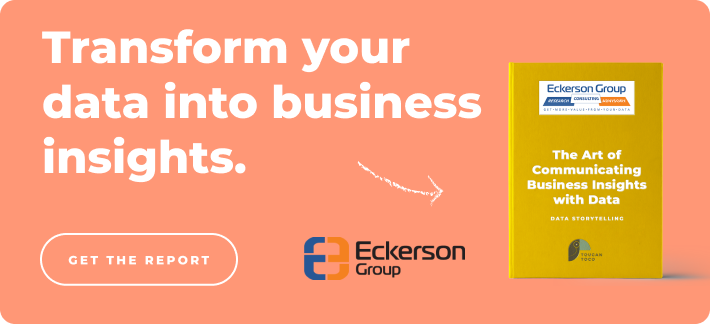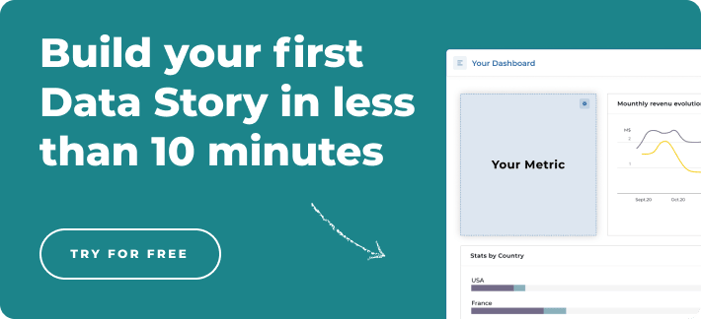Gross Profit Margin: All You Need to Know
Gross profit margin, which you may commonly hear referred to simply as “gross margin”, is an important financial metric that helps to evaluate the efficiency of a business's operations.
More specifically, gross margin looks at a company’s sales performance in relation to the efficiency of its production processes (see also: gross profit).
Gross profit margin is an important metric for managers and investors alike, and for a multitude of reasons. Because it's based on the cost of goods sold by a company, the most obvious (and perhaps most important) reason gross profit margin analysis is useful, is that it gives valuable insights into the efficiency with which a company can produce and sell products before extraneous costs are deducted.
Gross profit margin is most often compared alongside operating profit margin and net profit margin to arrive at a comprehensive understanding of an organization’s financial health.
Making more sense of the gross profit margin
To recap, gross profit margin is most generally used to assess the efficiency of production processes for a product/products sold by a company.
Because businesses are often more efficient at producing and selling some products as opposed to others, managers and shareholders understandably want to have insight into gross profit margins for individual products or lines of business. That being said, it's not always possible to identify the direct costs of producing each product, as there is virtually always some overlap in production expenditures.
Gross profit margin takes into consideration, as we mentioned, the direct costs of producing a given product/product line as will be shown on a company’s income statement.
Direct costs, which are usually variable, are the only things that comprise the cost of goods sold (so, this doesn’t include indirect costs). “Variable” is especially relevant, in this context of understanding efficiency, because variable costs change depending on product production volume.
Similar to many other financial ratios, gross profit margin should be analyzed comparatively. The figure is most useful when taken in the context of a historical trend within an organization, industry, or competitive landscape.
Okay, so now that we’ve got that covered…
How can we calculate gross profit margin?
The formula to calculate gross profit margin is as follows:
Gross Profit Margin = (Net Sales - Cost of Goods Sold) / Net Sales

The resulting percentage from this formula is your gross profit margin.
It’s worth noting that net sales, as opposed to total revenue, is used in this calculation. That means we arrive at the gross profit margin percentage after subtracting things like returns, discounts, and allowances. As far as cost of goods sold (COGS) is concerned, it's important to again note that:
- Indirect costs are not included in the calculation for gross profit margin
- There can be quite a bit of variance as far as what is calculated as part of COGS, especially between industries. General expenses (e.g. marketing and advertising, administrative, etc.) are widely omitted from the COGS.
Okay, I know my gross profit margin…now what?
It’s time to draw some conclusions!
Interpreting your gross profit margin ratio can provide a number of helpful insights, helping you to uncover things like:
- Positive efficiency measures, where a higher gross profit margin indicates a company is producing their product(s) efficiently. Comparing the margin against past time periods or your competitors makes this all the more relevant (and impactful).
- Negative efficiency measures, where a lower gross profit margin indicates a company is producing their product(s) inefficiently. If your gross profit margin is consistently decreasing, or not improving in alignment with that of your competitors, it's a good orange flag!
- New pricing strategies, where the evolution and/or historical change of gross profit margin may provide insights around successful (or unsuccessful) pricing strategies.
Guided Analytics for Finance Teams
Tracking and optimizing key financial management metrics is one of the most important factors behind driving consistent improvements (and growth), especially in the modern context.
Yet while the importance of data and analytics is widely accepted, today's finance teams often aren't getting the value they expect from their investments in analytics.
That's largely because, in our attempt to make analytics fast, powerful, all-seeing, and all-knowing, we've also made them incredibly hard to use. So complex that only experts can make something of their data.
It's vital, therefore, that analytics are made easier for business people (and finance teams). That's what we call Guided Analytics: analytics that assist users in understanding data and using that data to collaborate and drive results.
Some of the things to look for when considering guided analytics for your finance function?
- Have a map of where you need to go: implement analytics that help you understand what you're seeing and why, everywhere, always. That means context, glossaries, and easily understood interactive charts.
- Collaboration: try to enable data-driven conversations with built-in collaborative environment that can be shared anytime, and on universally on any device.
- Shareability: your reports need to be where they're needed. That means PDF reports on schedule, wall displays, embedded within your applications, and mobile on phones and tablets.



